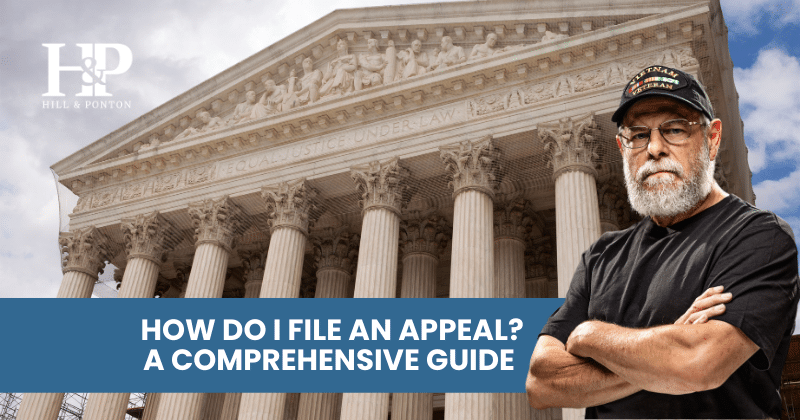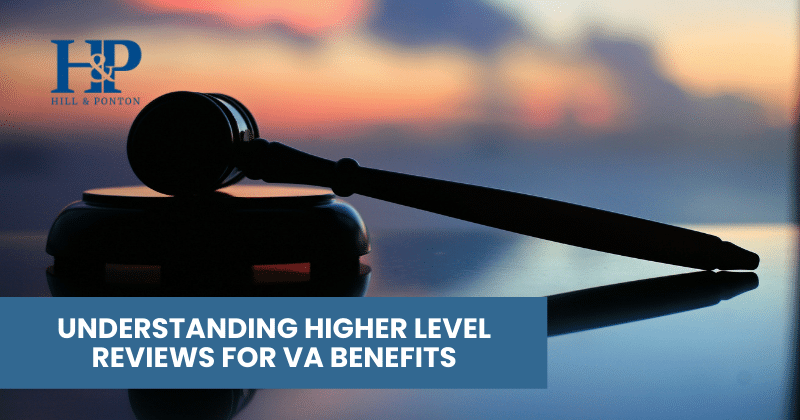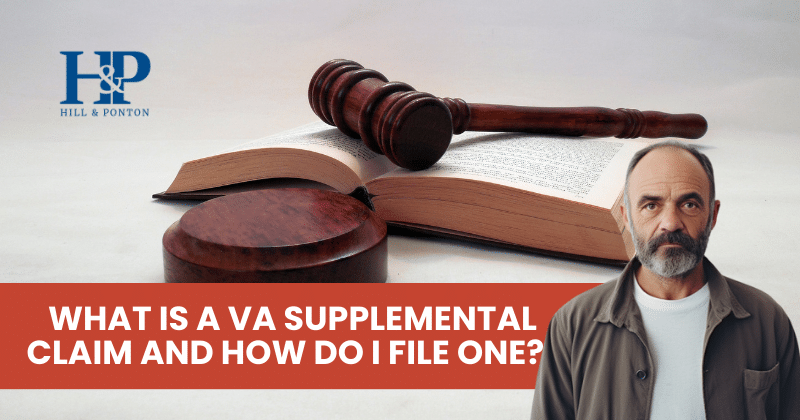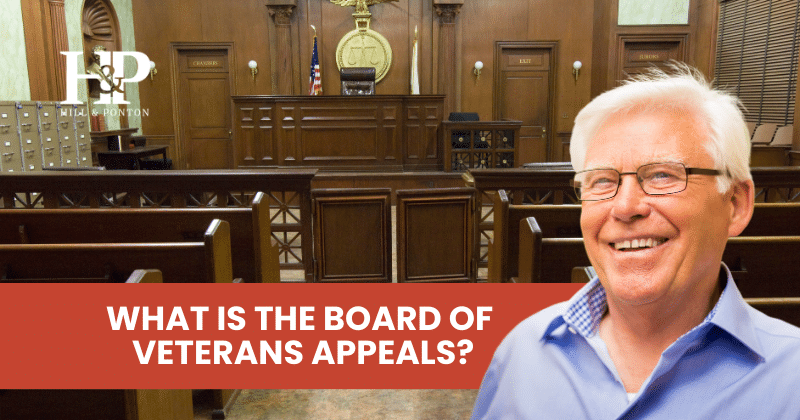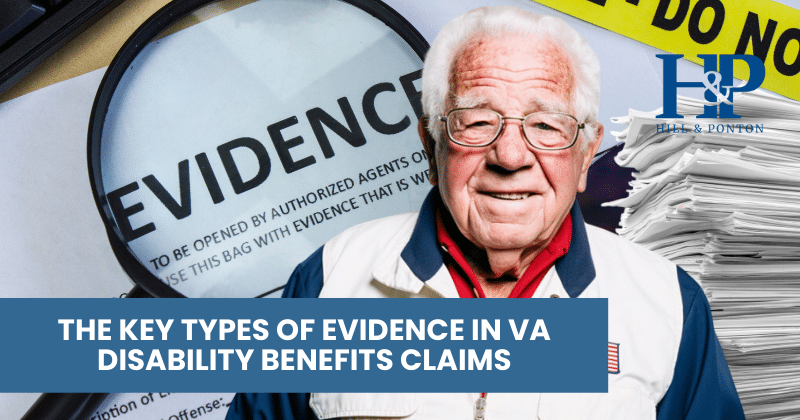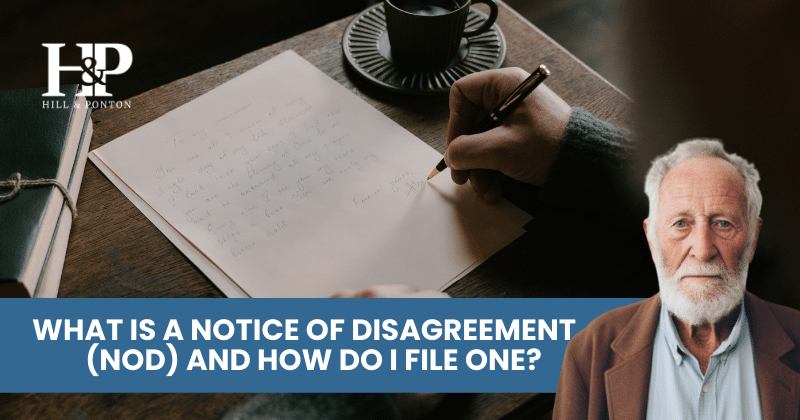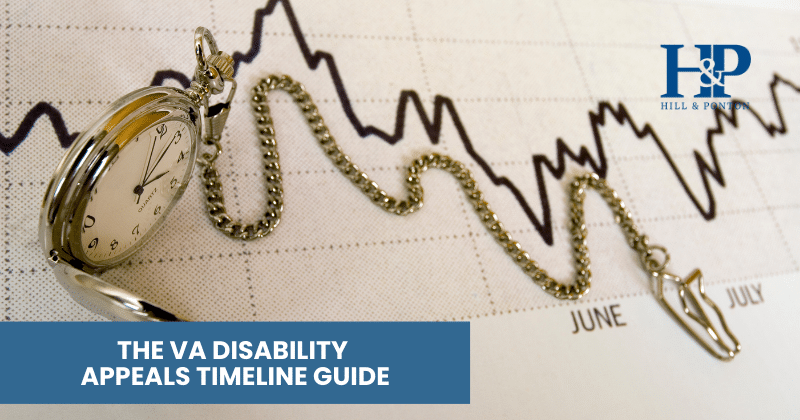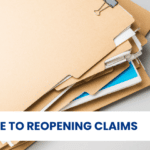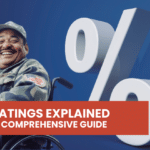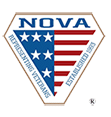Have you recently filed a VA disability claim and it didn’t go the way you hoped?
Or, maybe your VA disability rating was approved, but you believe it’s too low.
If so, this guide on the VA appeals process is for you.
In simple words, VA disability benefits are monthly payments that the Veterans Benefits Administration offers to veterans who became sick or injured because of their military service.
But, sometimes, obtaining these VA benefits can be a bit of a challenge.
You might have received a decision letter from the VA regional office telling you that your VA claim was denied, or you got less VA disability compensation than you believe you deserve.
It can be disappointing, even frustrating.
But, don’t lose hope.
There’s a way to fight back, and it’s through a VA disability appeal!
This guide is your handy map to navigate the world of VA disability appeals and the appeals modernization methods.
We’ll break down the whole process into easy-to-understand steps and also talk about:
- Why veterans claims get denied
- How to fill out your VA form for an appeal
- What happens after you send in your supplemental claim
We’ve also got links to other great resources on our website to help you navigate the world of veterans affairs and veterans law.
Understanding the VA Disability Appeals Process
Sometimes, applying for VA disability benefits doesn’t go as smoothly as we’d like.
Maybe your claim was denied by the veterans administration, or you were given a lower disability rating than you think is fair.
In those cases, you have the right to start a board appeal.
Let’s dive into what that means.
Initial Determination
After you’ve submitted your VA disability claim, the VA reviews it and makes an initial decision review.
This is based on the details of your military service, your medical records, and any other evidence you’ve submitted.
The Veterans Benefits Administration then sends you a letter explaining their decision.
If you disagree with their decision, whether it’s a denial of your claim or a lower-than-expected rating, you can file a veterans appeal.
Reasons for Denial
There could be several reasons why the VA denies your claim.
Some common ones include:
- Lack of proof that your illness or injury is connected to your military service
- Not having enough medical evidence, which might require additional evidence for the appeals process
- Missing the deadline to file your claim.
For more in-depth information about each reason and the overall VA appeals process, check out our detailed article below.
Types of VA Disability Appeals
Back in 2019, the Veterans Benefits Administration introduced a new appeals modernization system to help our veterans get decisions on their VA disability claims more swiftly and efficiently.
Before this transformation, the VA appeals process could be lengthy and confusing.
But with this new system, veterans now have three clear paths to choose from if they disagree with a VA decision review:
- Higher-Level Review
- Supplemental Claim
- Appeal to the Board or board appeal
In a Higher-Level Review, a senior claims adjudicator reviews your claim. Learn more about Higher-Level Reviews in our article below.
For a Supplemental Claim, you provide new and relevant evidence related to your claim. Find out more information about Supplemental Claims in our blog post.
Lastly, an Appeal to the Board means your case will be reviewed by a Veterans Law Judge (VLJ) at the Board of Veterans’ Appeals. We have everything you need to know about Board Appeals in the post below.
Understanding the VA Disability Appeals process is the first big step in filing your appeal.
It’s your right to get the disability benefits you deserve, so don’t hesitate to take action if you feel your initial claim decision wasn’t fair.
Reviewing Your VA Decision
When you receive your VA decision letter from the Veterans Benefits Administration, take some time to peruse it attentively.
This letter outlines why the VA arrived at its decision.
If you need deeper insights about the significance of a decision letter in the VA disability claims process, delve into our comprehensive post.
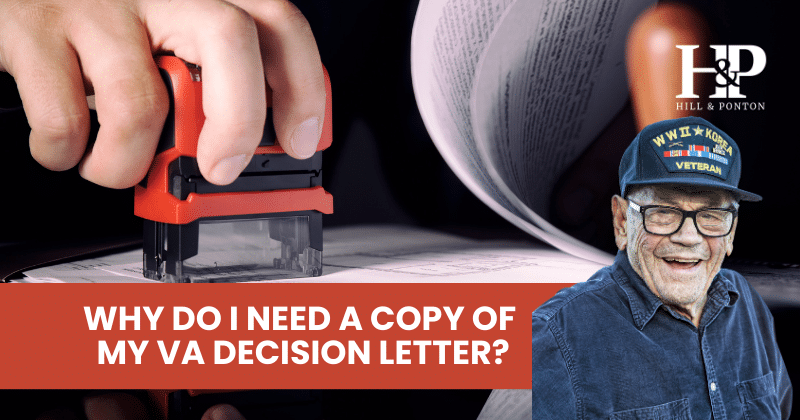
Examine the evidence they utilized. Assess if they’ve overlooked any pivotal details.
Compiling additional evidence like medical logs, service records, or doctor’s statements can fortify your VA disability appeal.
If you need a great guide to help you with gathering evidence for your claim, check it out below!
Completing the Notice of Disagreement (NOD)
Embarking on your veterans appeal journey starts with a pivotal form – the Notice of Disagreement (NOD).
This stage empowers you to inform the VA about your disagreements concerning their decision and the reasons for it.
Be meticulous about the points of contention.
Dive into our guide on NODs for a clearer picture.
Submitting Your VA Appeal
Post-NOD completion, your next move is its submission.
You can channel your appeal to the VA regional office via mail, in person, or digitally.
Maintain a duplicate of your NOD and all additional evidence or related documents.
Post your appeal submission; the VA might need ample time for its evaluation.
Being patient is the essence here.
VA disability appeals timelines can span from mere months to even years.
But remember, each appeal is unique, and its processing time fluctuates.
Want to decode the appeal’s timeline intricacies? Our enlightening post has it all!
Journey deeper through the link below.
Having reached this juncture, you’ve made significant strides towards obtaining the VA benefits you rightfully deserve.
Yet, the VA appeals process has more facets.
Let’s decode the subsequent stages!
After Your VA Disability Appeal Submission
Congratulations!
The challenging phase – your VA disability appeal submission is behind you.
Yet, the waiting phase looms.
Here’s a glimpse into the ensuing stages and strategies to navigate them.
Checking Your Appeal’s Status
Post your VA disability appeal submission, curiosity regarding its status is natural.
To get a status update, visit the VA’s official portal.
This offers insights into your appeal’s current phase within the decision review continuum.
But, bear in mind, VA appeals might require an extended duration for processing, ranging from months to years, contingent on your case’s intricacies and the VA’s workload.
Receiving the VA’s Decision
Ultimately, the VA will dispatch a letter detailing their decision on your VA disability appeal.
This letter elucidates whether your appeal was acknowledged or refuted.
If validated, it will denote your new VA disability rating and the subsequent benefits you’re entitled to.
Contrarily, if denied, it provides the rationale behind the decision.
Should your appeal face rejection, don’t yield to despondency.
You can reinitiate the process with a Supplemental Claim, requisition a Higher-Level Review, or opt for a board appeal to the Board of Veterans’ Appeals.
Remember, you’re not treading this path in isolation!
It’s your inherent right to contest decisions you don’t resonate with, and our mission is to illuminate the way.
Navigating the intricate maze of VA disability appeals might seem daunting, replete with paperwork, waiting phases, and elements of unpredictability.
Yet, holding onto the fact that you possess the right to challenge decisions is vital.
Your honorable service to our nation justifies that you access the VA benefits you’re due.
Stay patient, foster hope, and remain relentless.
While the journey might stretch, its culmination in ensuring you receive the requisite support is invaluable.
Frequently Asked Questions (FAQ) about Appeals
Q: Can I appeal more than once?
A: Yes, if your appeal is denied, you can choose to appeal again.
You can file a new Supplemental Claim, request a Higher-Level Review, or Appeal to the Board of Veterans’ Appeals.
Q: Can I switch between appeal lanes?
A: Yes, you can switch between the three appeal lanes (Higher-Level Review, Supplemental Claim, and Appeal to the Board) after you’ve received a decision from one of them.
Q: What happens if I miss the deadline to appeal?
A: Unfortunately, missing the appeal deadline could result in the denial of your appeal.
However, if you have a very good reason for missing the deadline, the VA may provide an extension.
It’s best to file your appeal as soon as possible to avoid this risk.
Q: Do I need a lawyer to appeal?
A: While you don’t need a lawyer to file an appeal, having one could make the process easier, especially if your case is complex.
A VA-accredited attorney can guide you through the process, help gather evidence, and represent you in any hearings.
If you have been denied benefits or are attempting to increase your rating, the team at Hill & Ponton may be able to assist you.
Click the button blow to get more information.
Q: How long does the appeal process take?
A: The length of the appeal process can vary greatly depending on several factors such as the type of appeal, the complexity of the case, and the workload at the VA.
It can take anywhere from several months to a few years.
Be prepared for a potentially long wait and remember, patience is key in the appeals process.
Q: Will my benefits increase if my appeal is successful?
A: If your appeal is successful, your benefits could increase based on a higher disability rating.
The VA will provide you with a new decision letter that outlines any changes to your benefits.
Remember, each veteran’s case is unique.
What worked for one might not work for another.
Therefore, it’s crucial to understand your situation, gather your evidence, and choose the path that’s right for you.
Have Questions About Appealing Your Claim or Understanding How the Claims Process Works?
The attorneys at Hill & Ponton are here to support you with appealing a claim.
If you are intending to appeal a denied claim, you can contact us for an evaluation and we can help you with this process.
However, if you are considering filing an initial claim, or even if you are interested in learning about the appeals process, we offer a free ebook to get you started on the right foot!
The Road to VA Compensation Benefits will help break down the claims process from start to finish. Click the link below to learn more.
